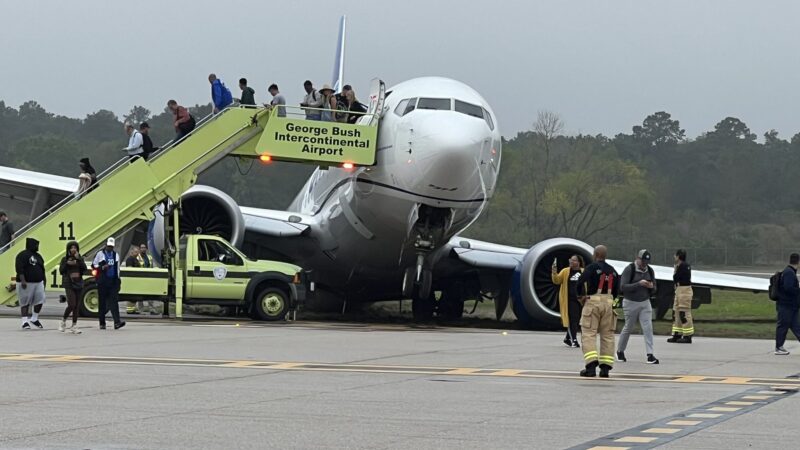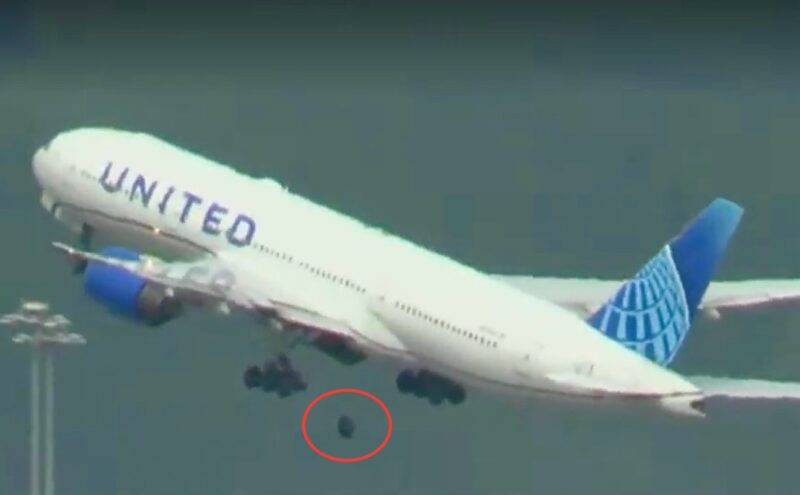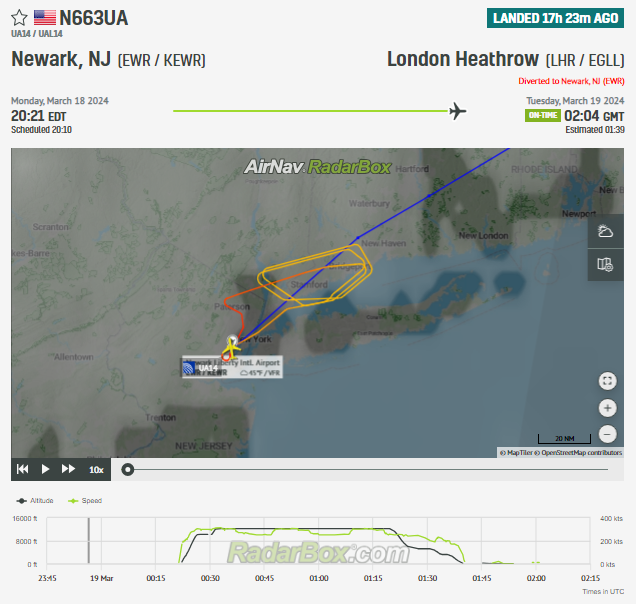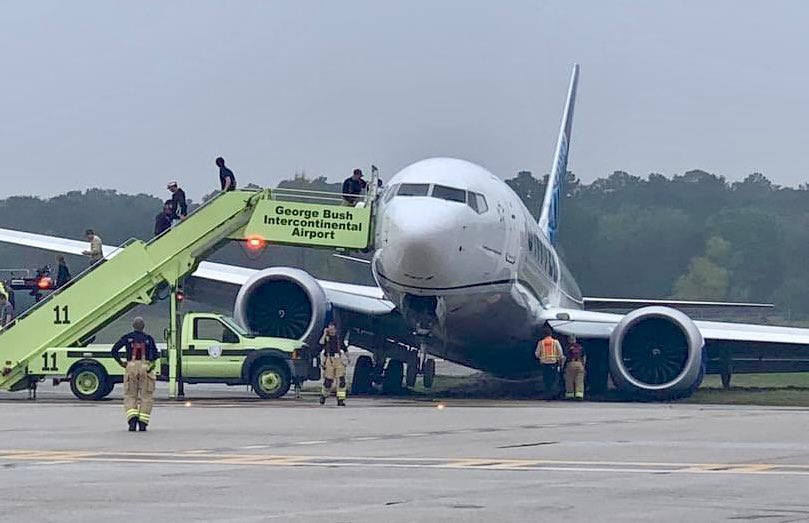The Federal Aviation Administration (FAA) is increasing its oversight of United Airlines in the wake of recent safety incidents. This includes reviewing processes, manuals, and facilities, to assess compliance with safety regulations.
Even though the airline declined to comment, the FAA is reportedly considering preventing the carrier from adding new routes for a certain period, according to Bloomberg reports.
Aside from route limitations, United might face restrictions on carrying paying passengers on newly delivered aircraft.
“Due to recent safety events, the FAA is increasing oversight of United Airlines to ensure that it is complying with safety regulations; identifying hazards and mitigating risk; and effectively managing safety. Certification activities in process may be allowed to continue, but future projects may be delayed based on findings from oversight.”
FAA Spokesperson
Pilot union representatives have also reported that the FAA has intervened regarding pilot approvals, pausing the “line check” process for certification and promotion.

Incidents Prompting the Oversight
These potential limitations come after a sequence of safety incidents for United Airlines. The Chicago-based carrier has experienced several emergencies in the past two weeks.
Boeing 737 Engine Issue
On March 4, a Boeing 737 experienced flames exploding from one of its jet engines just minutes into its flight. This forced the aircraft to make an emergency landing in Texas.
Footage captured flames spewing from the engine, appearing white against the night sky. The Boeing 737 was only approximately 15 minutes into its two-hour trip to Fort Myers, Florida, when the emergency occurred.
Boeing 777 Loses Wheel During Takeoff
On March 7, a United Airlines Boeing 777 bound for Osaka lost one of its main landing gear tires while taking off from San Francisco. Following the incident, the B777 diverted to Los Angeles for a thorough inspection.
The Boeing 777-200ER was performing flight UA35 from San Francisco to Osaka with 235 passengers and 14 crew members on board. However, during takeoff, the tire fell in an employee parking lot damaging vehicles in the long-term parking area of the airport.

Airbus A320 Hydraulic Issue
The following day on March 8, United Flight UA821 departed from San Francisco International Airport en route to Mexico City. However, the flight had to be quickly diverted to Los Angeles due to an issue with the aircraft’s hydraulic system.
The Airbus A320 experienced a problem with one of its three hydraulic units, prompting the evacuation of the 105 passengers and five crew members. Customers had to continue their journey to their destination on a replacement aircraft.
Boeing 737 MAX Taxiing off the Runway
Also on the same day, a United Airlines Boeing 737 MAX skidded off the runway after landing at Houston’s George Bush Intercontinental Airport, coming to rest with a landing gear sunk into the grass.
On landing, the Boeing 737 MAX 8, arriving from Memphis slowed down to turn right onto the last taxiway. However, when the crew attempted to turn off, the aircraft was traveling too fast.
As a result, the aircraft skidded and continued straight after turning approximately 45 degrees. It eventually came to a stop on soft ground off the runway with the left main gear sunk into the grass, as seen in the footage shared on the internet.
Boeing 737 Loses Belly Panel Inflight
On March 15, a United Airlines Boeing 737-800 lost a large belly panel during flight UA433 from San Francisco to Medford Airport.
The missing panel was only noticed after the aircraft arrived at the gate at Rogue Valley International Medford Airport. The carrier said that one person on the ground first noticed that the panel was missing.
The crew of Flight UA433 did not declare an emergency and there was no indication of the damage during the flight, the airline said. The missing panel was on the bottom side of the fuselage, underneath the wing, and behind the main landing gear.
Boeing 737 Data Indication Issue
On March 17, a United Boeing 737-800 performing flight UA638 from New York La Guardia to Chicago experienced an issue with the air data indication, as reported by AeroInside.
The FAA reported: “United Airlines Flight 623 landed safely at Chicago O’Hare International Airport around 10:30 a.m. local time on Sunday, March 17, after the crew reported an issue with the air data indication. The Boeing 737-800 departed from LaGuardia Airport in New York. The FAA will investigate.”
Boeing 767 Gear Problem on Departure
The following day on 18th March, a Boeing 767-300 performing flight UA14 from Newark to London Heathrow was forced to return to Newark following a gear problem.
The Boeing 767 was climbing out of Newark’s runway 22R when the crew stopped the climb at 12,000 feet reporting a problem with the landing gear.
Following the issue, the crew decided to burn off fuel and return to Newark for a safe landing on runway 22L about 80 minutes after departure.

United’s Response
In an internal memo to employees, Sasha Johnson, United’s vice president of corporate safety, said that FAA’s personnel will increasingly be present at the carrier’s facilities.
Johnson further stated that the FAA would pause certain certification activities for a certain time, but gave no further details.
”Over the next several weeks, we will begin to see more of an FAA presence in our operation as they begin to review some of our work processes, manuals, and facilities,. We welcome their engagement and are very open to hear from them about what they find and their perspective on things we may need to change to make us even safer.”
Sasha Johnson, United’s vice president of corporate safety




